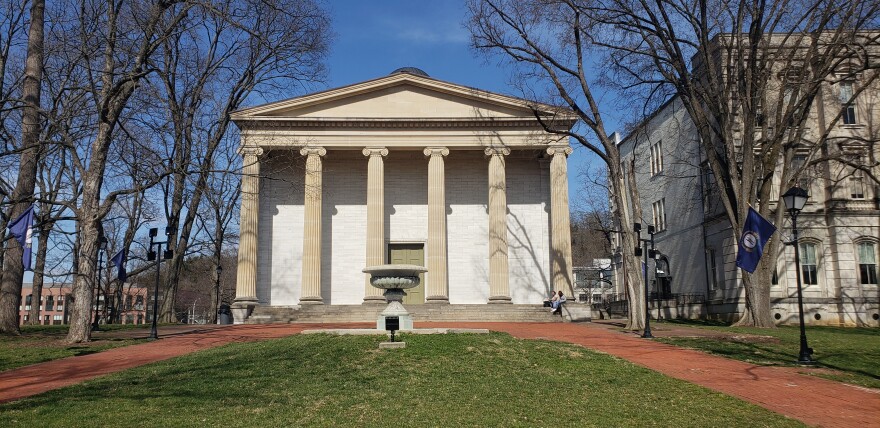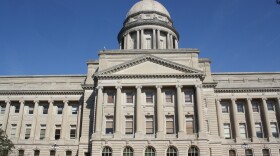Kentucky lawmakers met in the Old State Capitol on Tuesday, conducting their regular business in the building that was used as the center for state government from 1830 to 1910.
The facilities are primitive by modern standards—there are no electronic voting machines, meaning clerks have to call the names of legislators and tabulate votes by hand, and there are no microphones to amplify lawmakers’ voices.
And because of that, legislators didn’t pass bills as quickly as they normally do in the modern era. The House and Senate passed one bill apiece.
The House of Representatives passedHouse Bill 659, which expands a tax credit people can use to rehabilitate historic buildings.
The maximum credit someone can claim for a historic residential property would go from $60,000 per year to $120,000. And the maximum for all other buildings would go from $400,000 to $10 million.
And the Senate passedSenate Bill 224, which changes how police and fire departments in Lexington calculate retirement benefits.
The Old Capitol building is the third of four buildings that have housed the Kentucky legislature since the state was founded in 1792. The first two burned down.
The building was the first design of Gideon Shryock, then a 25-year-old from Lexington considered to be Kentucky’s first native born and professionally trained architect. He went on to oversee construction of Louisville Metro Hall.
The Old Capitol lawn was where William Goebel was assassinated in 1900. Goebel was a candidate for governor who was sworn into office on his deathbed before succumbing to a gunshot wound.
Now a museum operated by the Kentucky Historical Society, the Old Capitol features hand-blown glass windows, reproductions of historic furniture and a self-supporting “floating” staircase made out of marble.
The modern Capitol building opened in 1910. It’s one of only seven Capitols across the country to house all three branches of state government under the same roof.







